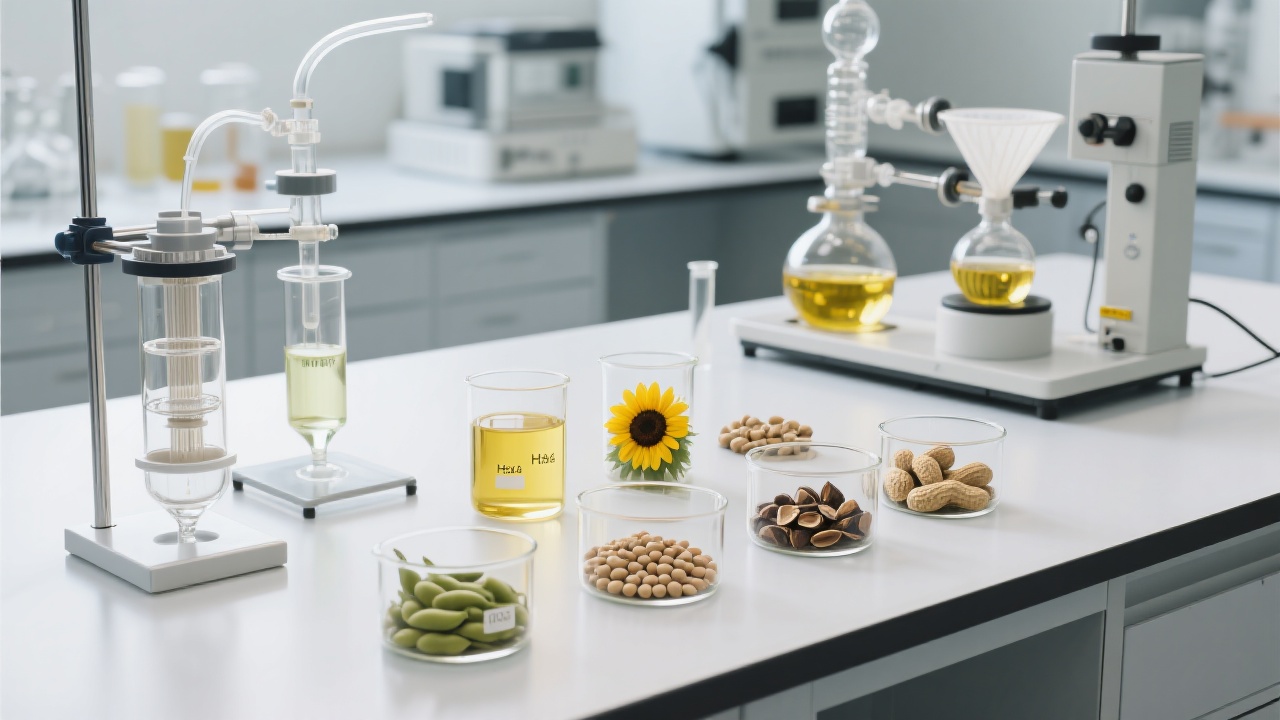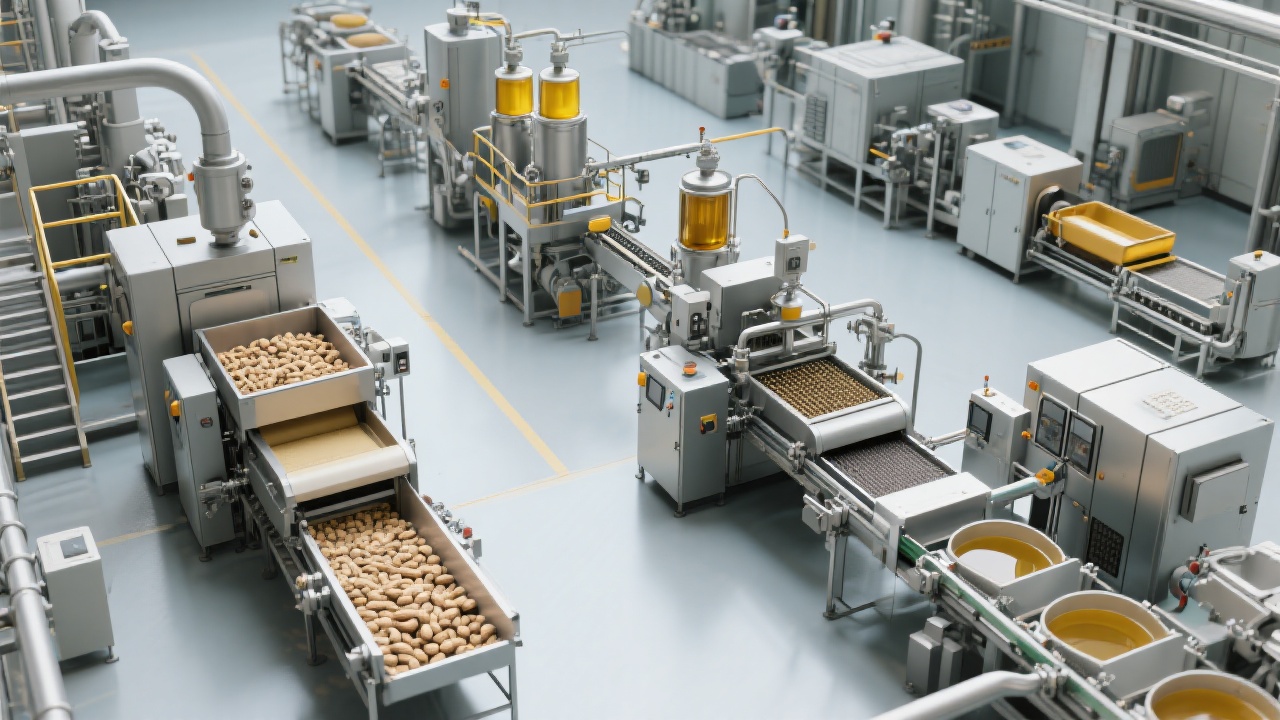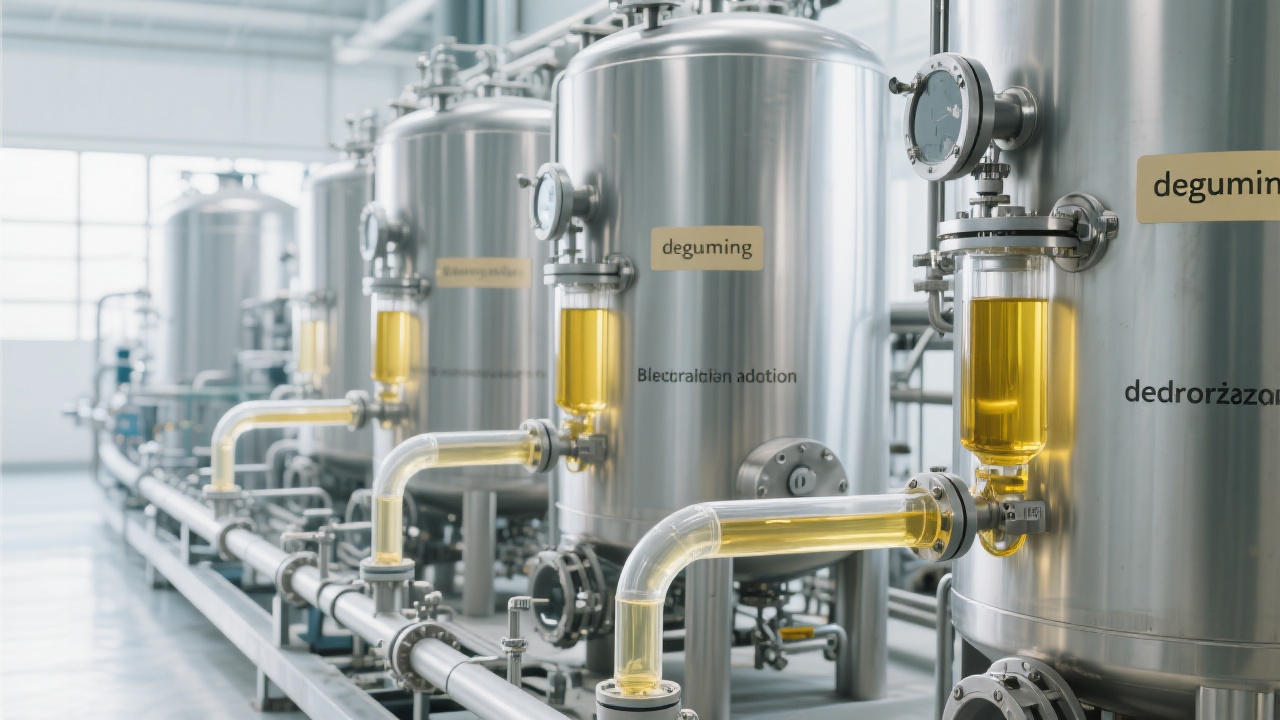
In the oil extraction industry, 2025 marks a pivotal year characterized by an accelerated shift toward higher efficiency, intelligent automation, and sustainable processing methods. Enterprises face increasing pressure to optimize production while maintaining the quality and environmental compliance of their products. This analysis explores the latest advancements in comprehensive oil extraction systems, detailing the full process from seed pretreatment through pressing and filtration. By spotlighting critical technological enhancements and supporting data, we aim to provide stakeholders with actionable insights to drive operational excellence.
Recent industry research shows that the oil extraction sector is moving beyond traditional mechanical pressing methods toward integrated, fully automated systems that leverage sensors, AI-driven controls, and energy-efficient components. According to market analytics, average oil yield rates are improving by approximately 5-7% with new technology adoption, while energy consumption per ton of processed seed is dropping by up to 15%. Sustainability efforts also prompt the integration of eco-friendly cleaning and waste management practices.
Modern full-process oil extraction units generally integrate several subsystems to ensure optimal performance:
These integrated systems reduce manual intervention, improve product uniformity, and enable predictive maintenance, leading to decreased downtime.
The primary steps in modern oil extraction can be summarized as below:
| Process Step | Function | Performance Indicators |
|---|---|---|
| Seed Cleaning | Remove dirt, stones, dust, and other impurities | Impurity removal rate: > 98% |
| Crushing & Conditioning | Break seeds to improve oil accessibility | Optimal particle size: 2-3 mm |
| Pressing | Extract oil via mechanical or hydraulic pressure | Oil yield: up to 42% (depending on seed type) |
| Filtration & Refining | Remove suspended solids and purify oil | Oil clarity > 95%, moisture < 0.2% |
These full-process systems are designed to accommodate a broad range of oilseeds including soybeans, sunflower seeds, rapeseed, and others. Key system parameters such as pressing pressure, temperature control, and seed conditioning times are adjustable to match the specific oil content and fiber characteristics of each seed type, ensuring consistently high output quality and minimizing waste.

Leveraging data from recent implementations, these advanced oil extraction lines demonstrate:
Such metrics highlight substantial gains in operational efficiency and product value, supporting rapid ROI for deploying enterprises.

A leading soybean oil processor in Brazil implemented a full-process extraction system customized by QIE Group, resulting in:
These outcomes underscore the tangible benefits of integrating advanced technology tailored for specific operational contexts.

Based on the current and forecasted landscape, oil extraction enterprises should consider the following strategies:
These measures are essential to remain competitive and sustainable in the evolving sector.
Choosing QIE Group means embracing the future of oil extraction—where efficiency, intelligence, and sustainability converge. Discover how to start your high-performance oil extraction journey today.



